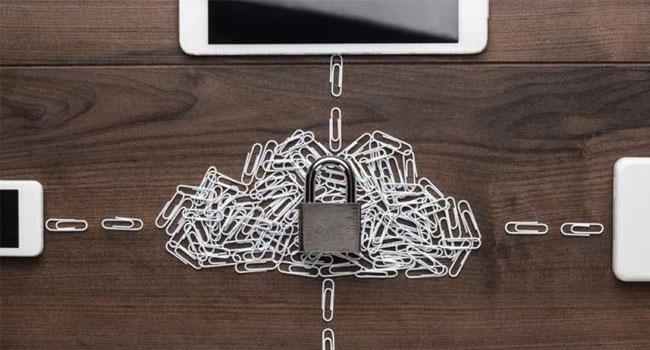
Why Are SMBs so Worried?
Many organizational benefits include flexibility and productivity
- By François Amigorena
- Oct 01, 2019
Cloud storage is most used by small-and-medium
businesses (SMBs). The reason is that it comes
with many benefits for organizations in terms of
flexibility and more importantly productivity.
However, it also comes with a number of
technical-and-human risks that worries a majority of SMBs. A
recent research shows that 61 percent of SMBs believe their data
in unsafe in the cloud. Let us see the reasons why and what they
can do about it.
Technical Risks
What is worrying SMBs is that when you store your data in the
cloud, you are not in control of it anymore, so they find it pretty
hard to trust a third party with their valuable information.
The first technical risk concerns detecting unauthorised access.
It is harder when your data in stored in the cloud. When
stored on premise, a natural boundary is created against unauthorised
access by the need to be physically present in the office
to access the data. For remote employees or partners using VPN,
access can be restricted to specific devices only. On the contrary,
once your data is stored in the cloud, it can be accessed from anywhere
in the world and on any device, significantly increasing the
chance of unauthorised access.
The second risk pertains to employees stealing data before
they leave the job. For the exact same reasons, it is easier for
them to do so when data is stored in the cloud and much harder
for the IT team to detect or stop it.
The third risk has to do with complex hybrid-storage environment
(mix of on premise and cloud storage). Working with
a hybrid environment increases productivity but makes managing
the security of the data stored across multiple environments
very hard.
Fifty-six percent of SMBs say that it is difficult managing the
security of data living in hybrid infrastructures.
Human Risks
A lot of organisations think their own data is more important
than their clients’ data. This is pretty concerning knowing that
third-party and insider breaches are increasing.
This way of thinking will worry those that work with large
supply chains given the lack of control over data security once
it lives on third-party systems. Plus, like we said before, many
organisations are using a hybrid environment, and they are having
trouble managing the security of data—either their clients’ or
their own.
Almost half of SMBs said that moving to the cloud for storage
has harmed their security. Fifty-nine percent consider that the native
security of cloud storage providers is not strong enough to protect
their data. Knowing that, 80 percent are simply relying on the
native security of whichever cloud storage provider they are using.
There is a clear need for a solution to ensure data in the cloud
remains safe.
How to Ensure Your Data
is Secure in the Cloud?
First of all, the attitude of “my data is more important than
yours” has to change. A huge number of organisations share
sensitive data with their clients over email and via the cloud
—and with the rise of supply chain attacks, all it takes is one
mistake from one supplier to compromise your data. More and
more, organisations inspect the cybersecurity of their partners
before choosing to work with them. It is therefore crucial that
organisations can demonstrate that they can keep their clients’
data safe.
The easiest way to ensure your data is protected (whether in
the cloud or on a mixture of on-premise and cloud) is to invest
in technology. It needs to proactively track, audit and report on
all access to files and folders and alert IT teams to sceptical file
activity the moment it occurs.
Having a solution in place that can give you a consistent
and unique view of the security of your data across all your
storage servers allows you to be the first to know if someone
other than an authorized employee attempts
to access your data. You will then be able to
react quickly.
This article originally appeared in the October 2019 issue of Security Today.
About the Author
François Amigorena is the founder and CEO of IS Decisions.